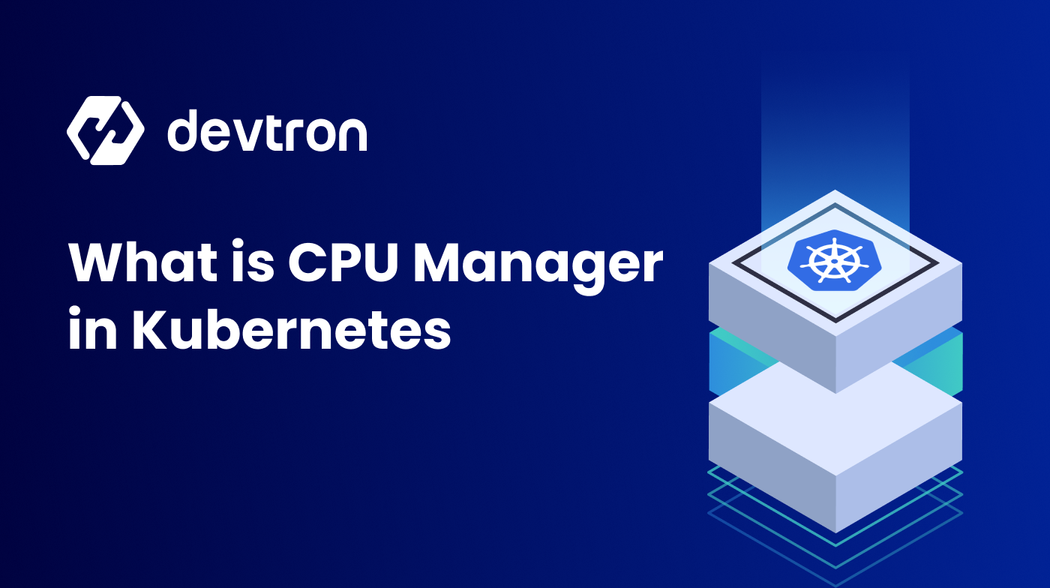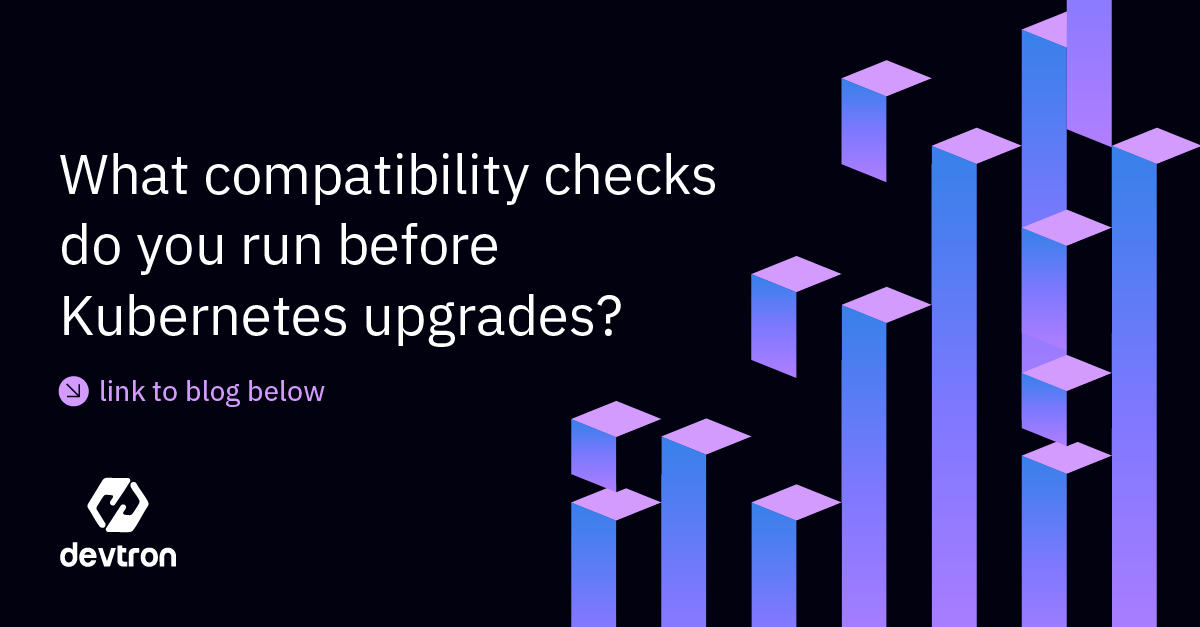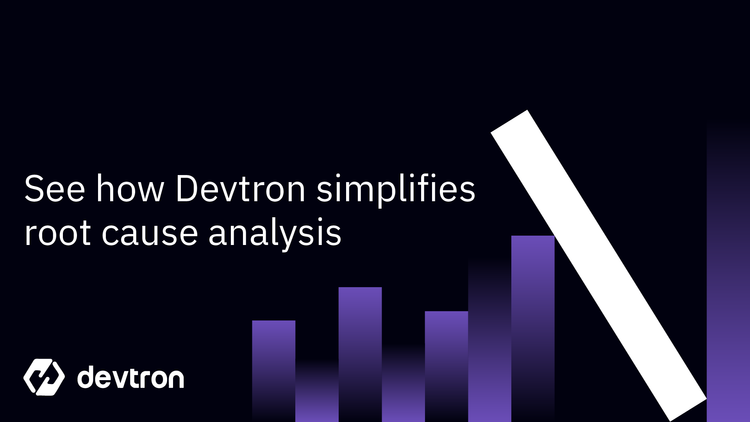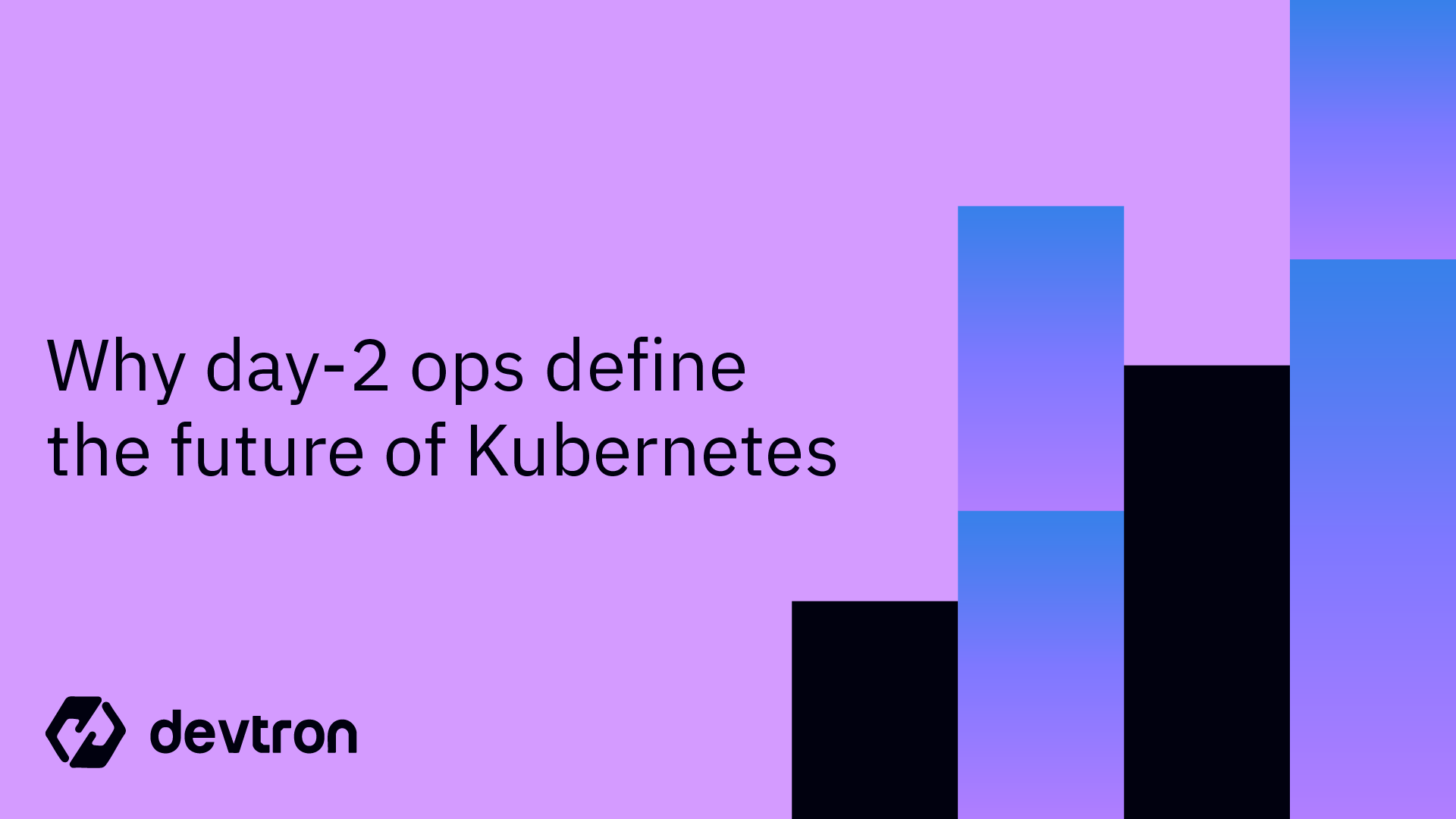Performance and resource optimization are important for running efficient, scalable workloads, Kubernetes gives several features to manage the resources. One such feature is CPU Manager, a tool that enhances the allocation of CPU resources and management within the cluster.
Kubernetes CPU Manager
CPU Manager is a Kubernetes feature that enables better placement of workloads in the Kubelet (the Kubernetes node agent) by allocating exclusive CPUs to certain pod containers.
It implements CPU affinity/isolation for containers with specific resource requirements, allowing them to be assigned exclusive use of physical CPU cores on a node.
CPU affinity refers to the ability to bind or restrict a process (or container) to run on specific CPU cores. When you set CPU affinity, you're telling the operating system to only execute that process on the designated cores.
CPU isolation takes this a step further by completely dedicating specific CPU cores to particular processes/containers.
This feature is particularly crucial for:
- Latency-sensitive applications
- Real-time processing workloads
- CPU-intensive applications requiring predictable performance
- Workloads that benefit from CPU cache affinity
Key Features of the CPU Manager:
- Static CPU Allocation: Allows a pod to be allocated specific CPU cores.
- Performance Isolation: Capability to dedicate the specific CPU cores with individual pods or containers and ensure that the dedicated CPU is not shared with other workloads.
Why Use the CPU Manager in Kubernetes?
There are several reasons why you want to use the CPU Manager in Kubernetes. The key benefit of using the Kubernetes CPU Manager is to enable better placement of resources in the Kubelet (the Kubernetes node agent), by allocating exclusive CPUs to certain pod containers or dealing with performance-sensitive workloads. Here are some key benefits:
Enhanced Performance and Predictability
For latency-sensitive applications, the CPU Manager ensures consistent performance by eliminating resource-sharing with g issues. This is essential for applications that do real-time data processing systems or high-frequency platforms.
Improved Resource Isolation
CPU-intensive workloads can significantly impact other applications when sharing CPU resources. CPU Manager ensures that pods receive dedicated CPU cores, making it ideal for:
- High-performance computing workloads
- Real-time data processing applications
Optimized Multi-core Utilization
In the cluster with multiple CPU cores, the CPU Manager helps make more efficient use of the CPU Cores, as the Kubernetes workloads are assigned an appropriate number of CPU Cores. This in turn optimizes the running processes hereby optimizing overall cluster efficiency.
How Does the CPU Manager Work?
The CPU Manager is a critical component of Kubernetes' resource management system, designed to manage CPU resource allocation efficiently across the cluster. It was released in Kubernetes v1.26 and works in tandem with the kubelet, which is the primary agent running on each node, to ensure that Pods receive the necessary CPU resources based on their requirements. To learn more about the functions of the kubelet and other Kubernetes components, please refer to our blog on Kubernetes Architecture.
The CPU Manager makes use of several key elements to achieve this:
1. Pod resource requests and limits: Every Pod in Kubernetes can specify CPU resource requests and limits.
- CPU Requests define the amount of CPU the Pod is guaranteed to receive. This helps Kubernetes decide where to schedule the Pod based on the available CPU resources in the cluster.
- CPU Limits define the maximum amount of CPU a Pod can consume. If a Pod exceeds its CPU limit, Kubernetes will throttle it to ensure that the Pod does not exceed its allocated CPU resources.
The CPU Manager uses these resource requests and limits to allocate CPU resources appropriately. Pods with Guaranteed QoS (Quality of Service) classes, which request specific integer CPU amounts, can be assigned exclusive CPUs for the duration of their lifecycle. This helps ensure consistent and predictable performance for critical workloads.
2. Node CPU topology: The CPU Manager takes into account the CPU topology of each node. Node CPU topology refers to how the available CPUs are structured on the node—whether they belong to different NUMA nodes, sockets, or cores. It is important for Kubernetes to be aware of this topology, as it allows the CPU Manager to place Pods on CPUs in a way that minimizes performance penalties such as NUMA latency or cross-socket traffic.
By understanding the CPU topology, the CPU Manager ensures that Pods are allocated to CPUs in the most efficient way possible. For example, it may prefer to place a Pod on CPUs within the same socket or core to avoid costly interconnects and improve cache locality.
3. Configured CPU Manager policy: Kubernetes supports different CPU allocation policies that determine how CPU resources are assigned to Pods. The CPU Manager allows for two primary policies:
- None (default): In this mode, CPU resources are not strictly allocated, and Kubernetes schedules pods using the default scheduler without ensuring that the pod gets a specific CPU core.
- Static: In this mode, Kubernetes allocates a specific number of CPU cores to a pod, and these cores are dedicated to that pod. The pod will not share those CPU cores with any other pod, ensuring that the pod’s workload has exclusive access to its resources.
Best Practices for CPU Manager Usage
To effectively use CPU Manager:
- Enable it at the node level using the kubelet configuration
- Set appropriate resource requests and limits
- Use the static policy only for pods that truly require dedicated CPU resources
- Monitor CPU utilization patterns to optimize allocation
Conclusion
CPU Manager is a crucial Kubernetes feature that enables better CPU resource allocation and workload performance through static CPU allocation and performance isolation. By ensuring dedicated CPU cores for critical workloads and optimizing resource utilization, it makes latency-sensitive and CPU-intensive applications more effective. When properly configured with appropriate resource requests and limits, CPU Manager becomes an invaluable tool for maintaining consistent performance and efficient resource usage in your Kubernetes cluster.
FAQ
What is CPU Manager in Kubernetes and why is it important?
CPU Manager is a Kubernetes feature that allocates exclusive CPU cores to specific pod containers, providing better performance for latency-sensitive and CPU-intensive applications.
What are the two main CPU Manager policies in Kubernetes?
Kubernetes CPU Manager supports two policies: "None" (default) where CPU resources aren't strictly allocated, and "Static" where specific CPU cores are dedicated exclusively to designated pods.
How does CPU Manager improve application performance in Kubernetes?
CPU Manager improves performance by enabling CPU affinity/isolation, eliminating resource-sharing issues, and ensuring consistent performance for real-time and latency-sensitive workloads.
When to use CPU Manager's static policy in Kubernetes?
Use CPU Manager's static policy for latency-sensitive applications, real-time processing workloads, CPU-intensive applications requiring predictable performance, and workloads benefiting from CPU cache affinity.
How does CPU Manager work with node CPU topology?
CPU Manager considers node CPU topology (NUMA nodes, sockets, cores) to place pods on CPUs efficiently, minimizing performance penalties like NUMA latency and improving cache locality.







